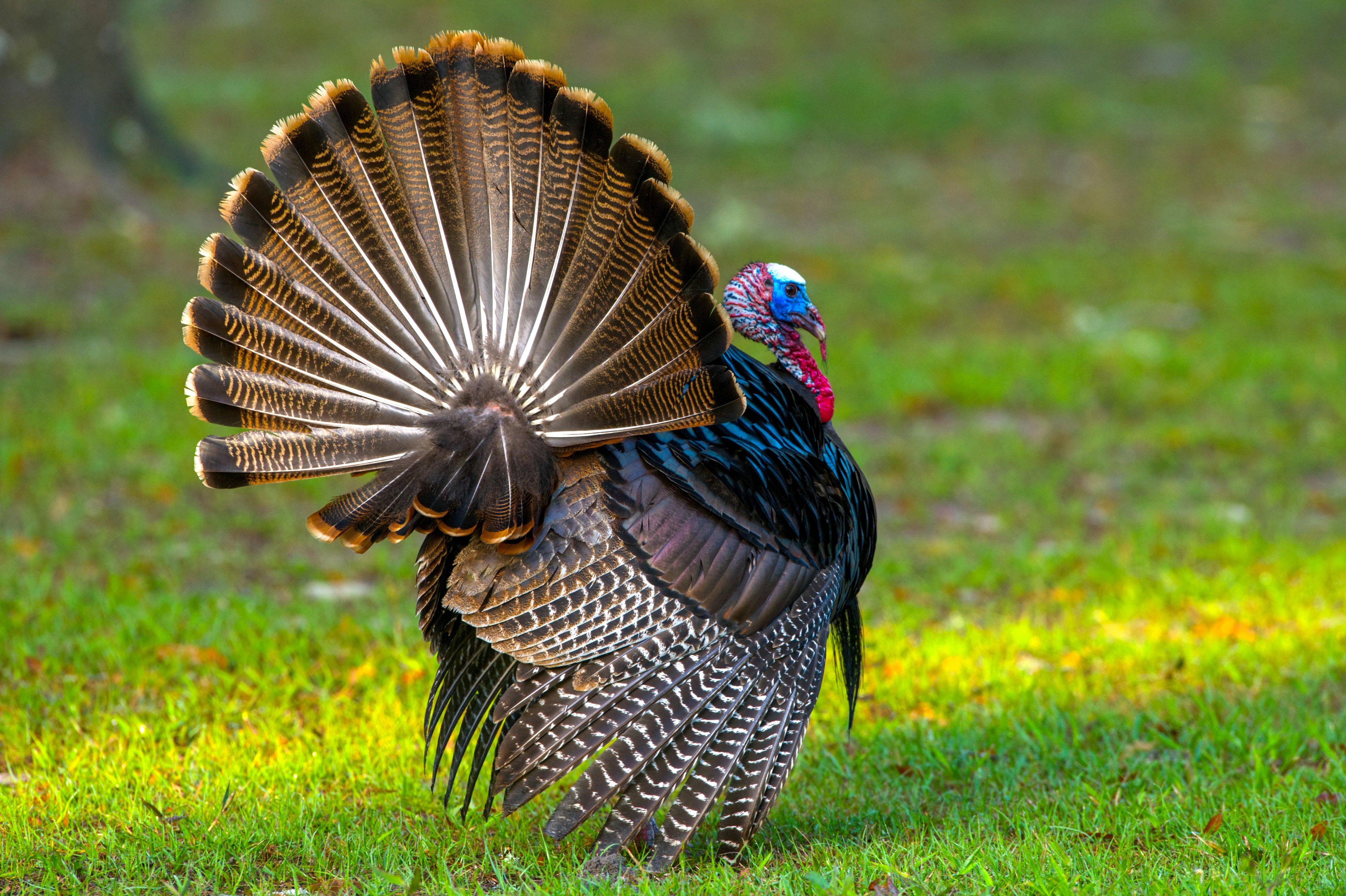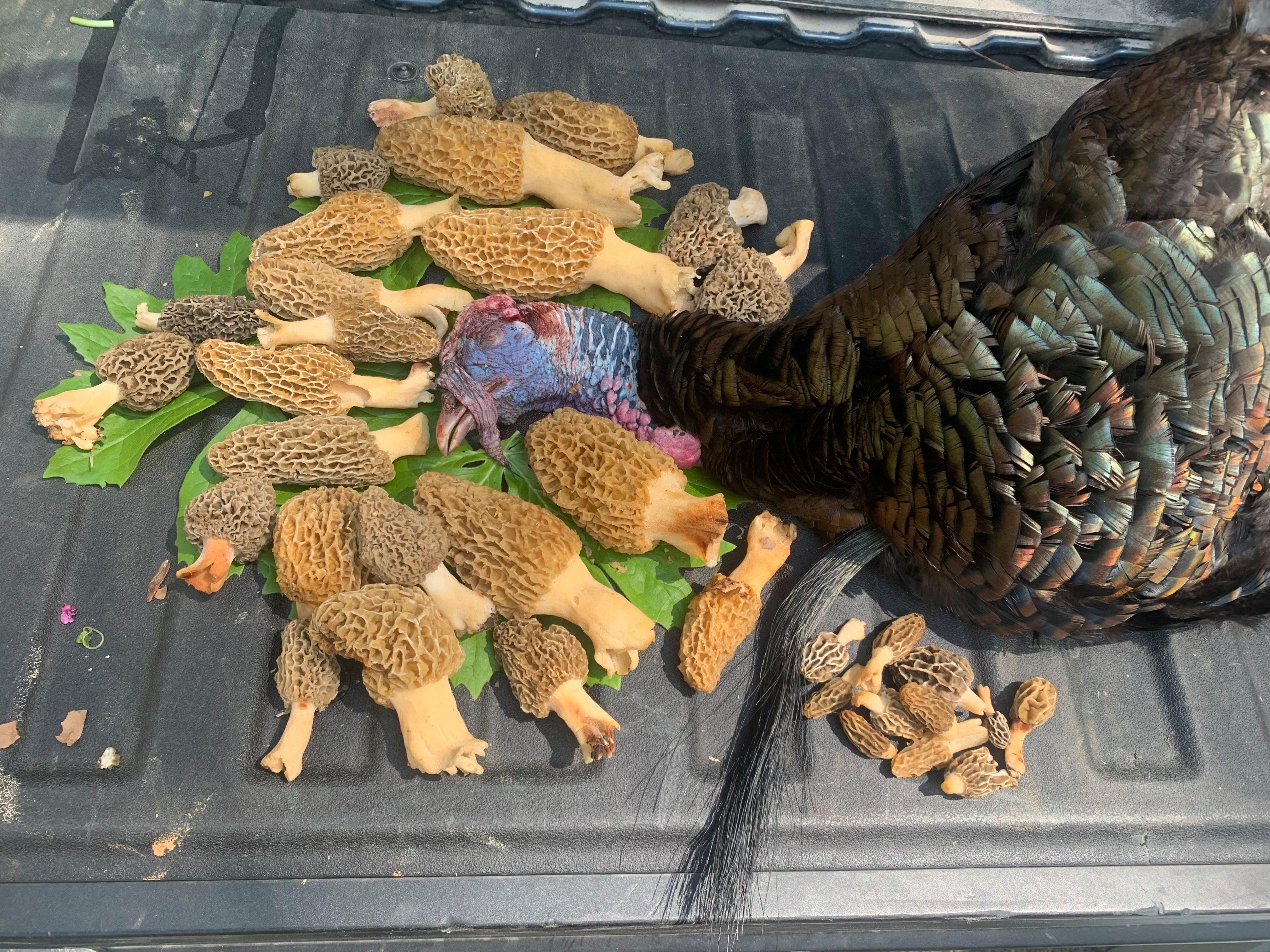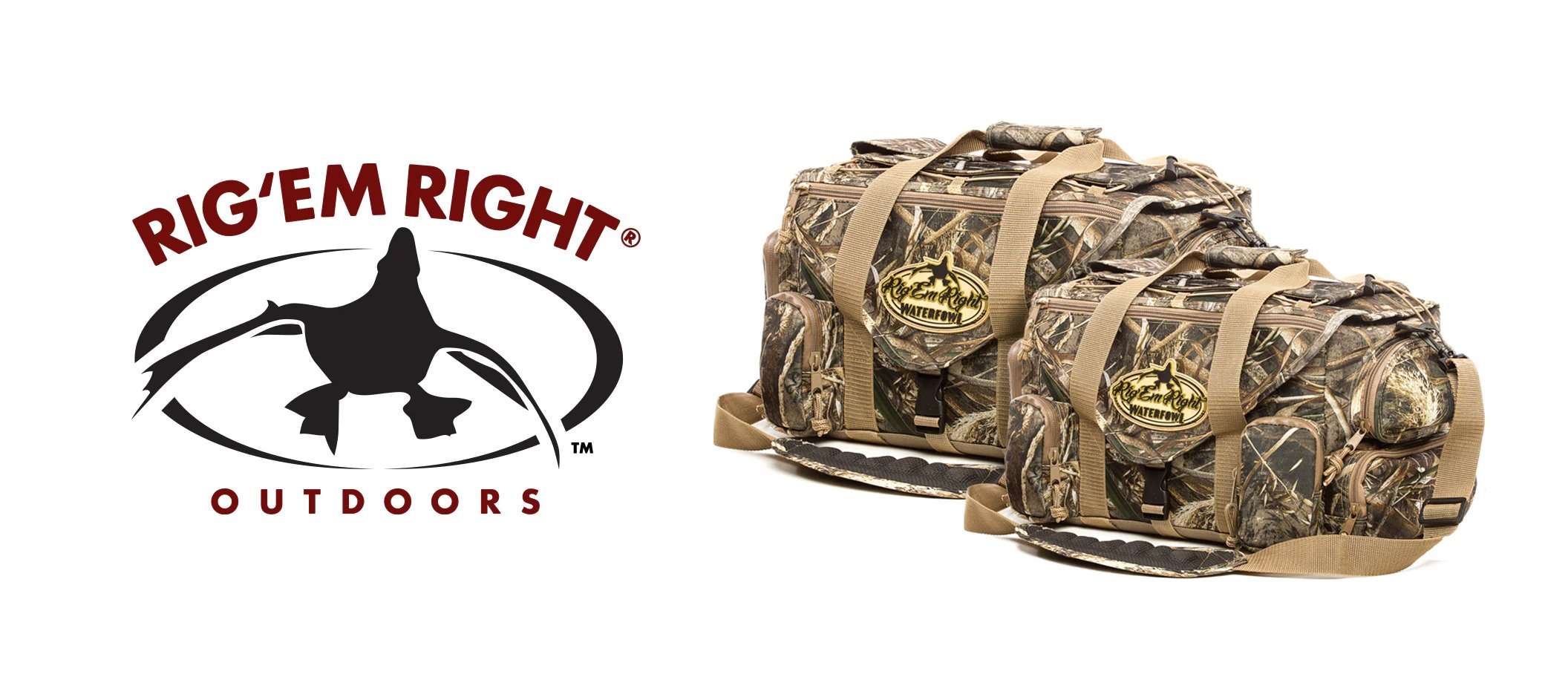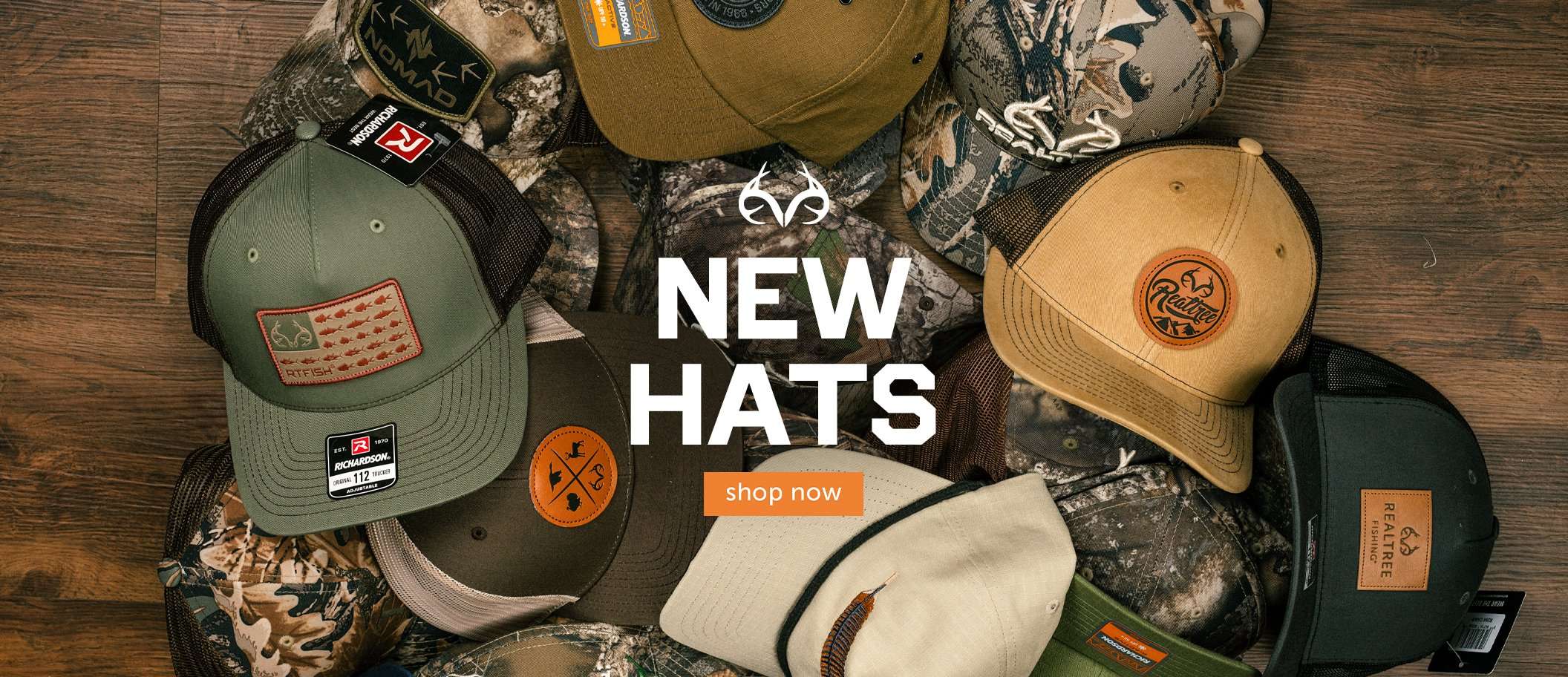Patience pays off right now as some southern states are experiencing a banner season

Kentucky hunters enjoyed a successful opening weekend with impressive harvest numbers despite bad weather. Image by Chase D’animulls
Turkey season is in full swing with reports of good gobbling and hunters downing birds throughout the South, but not without facing some challenges.
Hunters in Kentucky encountered a bit of rough weather opening weekend, but they didn’t let that get in the way of an abundant bird harvest.
Wildlife biologist Jason Lupardus, the director of partnerships for Turkeys for Tomorrow (TFT), a wild turkey conservation group dedicated to saving wild turkeys through sustainable, scientific solutions, said Kentucky’s opening weekend was tough, but very productive.
“There was overnight rain and hail as a cold front pushed through, but conditions picked up and hunters harvested just over 16,000 birds during the first few days, which is about 50% of the average annual harvest.”
Realtree’s Timber 2 Table blogger Michael Pendley said he and his wife, Cheryl, got a special lesson in patience during their opening-week hunt in Kentucky.
“Cheryl and I listened to these birds on the roost as daylight encroached over the river bottom. They flew down and soon entered the field we were in. It was a longbeard and his five jake buddies. They were 250 yards away with nothing but open crop land between us. Soon, a hen joined the group and they put on a show as they tried their best to impress her,” Pendley said.
Don’t Miss: How to Turkey Hunt in the Midwest
He said the hen eventually left and four of the jakes got bored and returned to the timber. The longbeard and his one young buddy remained, but kept about 200 yards away.
“Over the course of the next two and a half hours, the pair slowly made their way across the open field. Every few minutes, he would puff and gobble and twist around. Finally, the jake committed and came to our decoys. The longbeard made it to 50 yards and balked. I like to keep our shots under 40, so Cheryl grudgingly held off,” Pendley said.
When the gobbler started to walk away and the jake followed, the hunters thought the hunt was over, but at 100 yards, he stopped to gobble and strut again and Pendley cut back aggressively.
“He started back our way. It took him another 20 minutes to close to inside 40 yards. When he lifted his head to gobble, Cheryl squeezed the trigger and tagged out. I’m sure I’ve worked birds over a longer period of time, but I don’t remember when. It was a fun, but frustrating hunt,” Pendley said.

Cheryl Pendley’s patience paid off after a long and frustrating hunt in her home state of Kentucky. Image provided by Michael Pendley
So far, Pendley and his friends and family have hunted four farms spread out across the western and central portion of Kentucky, and the action has been similar at all locations with strong gobbling on the roost followed by silence until mid to late morning.
“It seems most toms are roosting and flying down with hens right now. I have observed, from a distance, two hens actively nesting. Of the birds we have worked up until this point, none have been particularly fired up, instead working in deliberately with good gobbling as they did, but not just charging in to the call. Our group of five hunters has tagged four birds so far,” he said.
Realtree photo editor Bill Konway said he knows several guys who have tagged out already in east-central Kentucky and a few that have put kids on birds during the youth season.
“We had a good one come in Monday, but of course I missed. Gobbling seems to be from the roost till maybe an hour after fly down. I haven’t hunted the afternoon yet. I’ve seen toms strutting with hens here and there. Our bird came in to decoys in full strut,” Konway said.
TFT’s founding chairman, Ron Jolly, said his farm in Tuskegee, Alabama, is experiencing total flock dispersal.
“There’s still some gobbling on the roost and shortly after fly down. I think the toms are adjusting to the new normal of available hens being fewer and further between. Everything has changed for them from what it’s been in previous weeks.
“The hens are laying and some are, or soon will be, incubating, and another gobbling increase will occur as toms lose touch with the hens that are focused on nesting. We’re seeing a lot of jake groups cruising around looking for trouble and shutting down gobbling toms,” Ron said.
His wife, wildlife photographer Tes Jolly, said gobbling on the roost has been consistent every morning, but the toms have mostly gone silent after fly-down.
“The few hens I’ve seen are solitary and just passing through. We hunted with a friend on new property near a cow pasture where a tom was gobbling. He finally made the break and got into the woods with us. Unfortunately, several jakes heard his gobbles and intercepted him just out of Ron’s gun range. The bird got distracted by the young upstarts and ended up chasing them through the timber never to be seen again. We did find his roost tree, an oak overhanging a property line right of way. The cluster of overnight droppings was good intel for the next hunt tomorrow,” Jolly said.

A big longbeard and a haul of morel mushrooms made for a heavy but happy vest for Jason Lupardus, TFT’s director of partnerships. Image provided by Jason Lupardus
Jason Hardin, wild turkey program leader for Texas Parks and Wildlife, said hunters in the Lonestar State are facing challenges but still bagging birds.
“The males are strutting and gobbling, and most are following small groups of four to six hens in Texas’ South Zone. Males are readily responding to hunter calls, but few are leaving hens to approach hunters. That said, birds are being harvested all across the South Zone.”
The birds are on fire in Georgia, according to Realtree’s Daniel Thomas, but he said he and his fellow hunters aren’t having much luck.
“Unfortunately, the gobblers seem to be in groups making it tough to call them in. We are also hearing some gobbling in the afternoons as well,” Thomas said.
Don’t Miss: Beer Battered Morel Mushrooms
South Carolina is a bit behind in harvest numbers compared to the previous year according to Charles Ruth, wildlife biologist with the South Carolina Department of Natural Resources.
“The reported harvest is down about 6 percent compared to this point in the season last year. The percentage of jakes in the harvest is about 6 percent, which is similar to last year. We won’t have any hunter effort or success data until we conduct our post-season turkey hunter surveys,” Ruth said.
Tennessee is looking good with harvest numbers surpassing recent years so far.
Roger Shields, wild turkey program coordinator for Tennessee Wildlife Resources Agency, said, “The opening week appears to have gone very well judging by harvest. Like the youth hunt the weekend prior, harvest was up even from last year and well above the five-year average. The toms did seem to often still be with hens, but we’ve received good reports of gobbling and activity.”
Overall, the Southern season is looking good with above-average harvest numbers in many of the states. Hopefully that trend will continue throughout the rest of the season.












